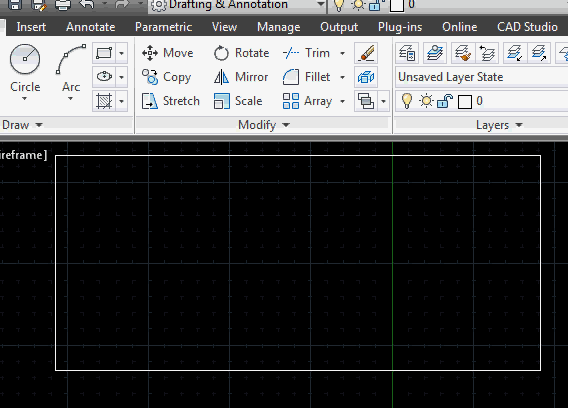
Shingle Hatch Pattern For Autocad
Apr 11, 2016 - Good morning Andrew. Missing PAT files huh? Which version of LT are you using? I have several versions installed but the path for mine is. CAD Forum - shingle hatch CAD tips for AutoCAD, LT, Inventor, Revit, Map. Generate hatch patterns automatically from your DWG drawings with HGEN 2006.
Hatch Patterns and the Hatch Pattern Editor Custom Hatch Patterns Hatch patterns can be used to fill enclosed markups (for example, rectangles, ellipses and polygons) and measurements (like area and volume). Revu comes preloaded with several default hatch patterns and a hatch pattern editor allowing users to create their own patterns. Additionally AutoCAD patterns (.pat files) may be imported into Revu. Hatch patterns are collected in sets for easy organization. After a new hatch pattern is created, it will appear in the Hatch lists in both the and the. Hatch pattern sets hold related hatch patterns in order to make them easier to find when choosing a hatch pattern for a markup.
Hatch pattern sets can be, much like or, and shared on a network drive or by another Revu user. Hatch patterns are managed with the Manage Hatch Pattern Sets dialog box. This procedure creates a blank PDF and a rectangle markup in order to access it, but it's just one of many ways to get to it, including from the of an existing markup, or from the.
To create a new hatch pattern set: • Create. • Create a anywhere on the PDF. • Right-click the rectangle markup and select Properties. • On the Properties tab, select Manage from the Hatchmenu. The Manage Hatch Pattern Sets dialog box appears. Cubase 5 crack mac torrent.
The Add Hatch Pattern Set dialog box appears. • Select New.
• Enter a name for the hatch pattern set in the Title field. As you enter the name, the hatch pattern's file name is automatically populated in the Location field. • To change the default save location of this hatch pattern set, click and select the desired local or network folder. • To save the location of this hatch pattern set relative to your current, select Relative Path.
To save the full path instead, uncheck this box. For more information about choosing between Relative or Full Paths, see. The Hatch Pattern Editor appears. • At this point, you can add hatch patterns to the hatch pattern set, if desired.
See below (skip to ). Otherwise, click OK. • Discard the PDF created for this procedure. Hatch patterns can be used to fill enclosed markups and measurements. Revu comes preloaded with several default hatch patterns, but if desired you can create a variety of custom patterns to suit nearly any need. Hatch patterns are managed with the Manage Hatch Pattern Sets dialog box.
This procedure creates a blank PDF and a rectangle markup in order to access it, but it's just one of many ways to get to it, including from the of an existing markup, or from the. To create a new hatch pattern in an existing set: • Create. • Create a anywhere on the PDF. • Right-click the rectangle markup and select Properties. • On the Properties tab, select Manage from the Hatchmenu.
The Manage Hatch Pattern Sets dialog box appears. • Select the desired hatch pattern set and click Modify. The Hatch Pattern Editor appears. Medieval 2 total war spisok yunitov na anglijskom.
The Add Hatch Pattern dialog box appears. • Enter a name for this hatch pattern in the Name field and click OK.
The Hatch Pattern Editor reappears with the new hatch pattern listed. • Select the new hatch pattern and edit it using the New Pattern controls, as desired.
The grid in the lower-right corner represents one hatch tile in which you can draw the desired pattern using lines and/or dots. As you draw your hatch pattern, the lower-left field will preview it for you. The available controls are: • Select: Use to select an existing element of the hatch pattern.
• Line: Use to draw a line in the hatch pattern tile. • Small Dot: Use to place a small dot in the hatch pattern tile. • Large Dot: Use to place a large dot in the hatch pattern tile. • Delete: Use to delete a selected hatch pattern element. • Clear: Use to clear all hatch pattern elements and start again. • Name: Enter a name for this hatch pattern.